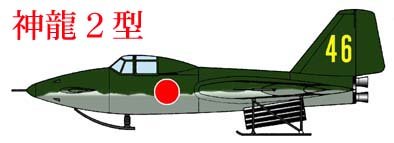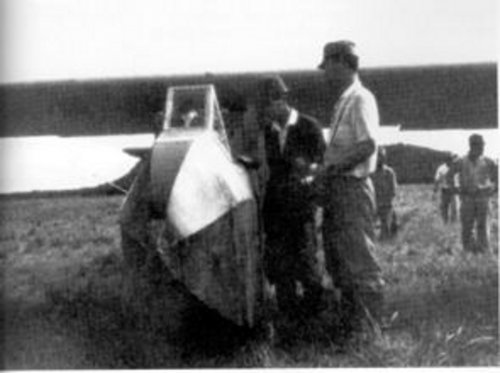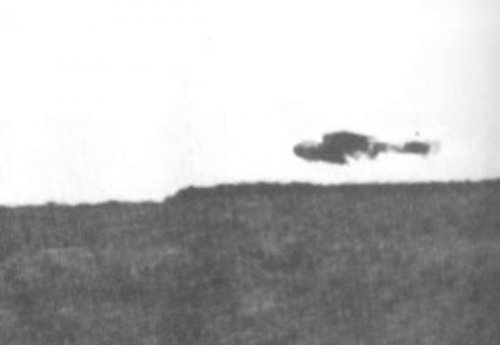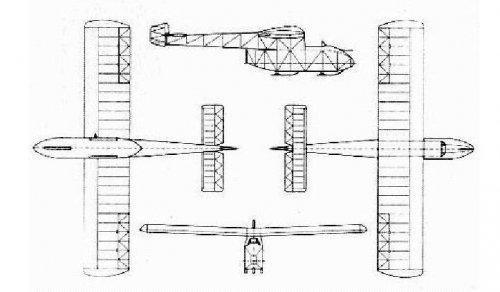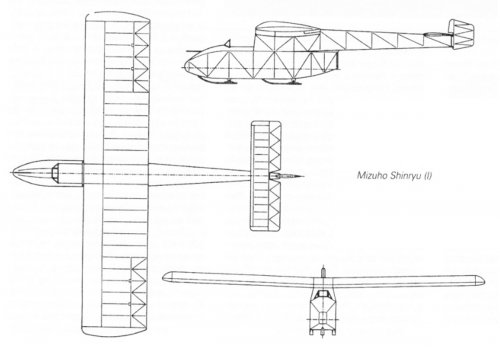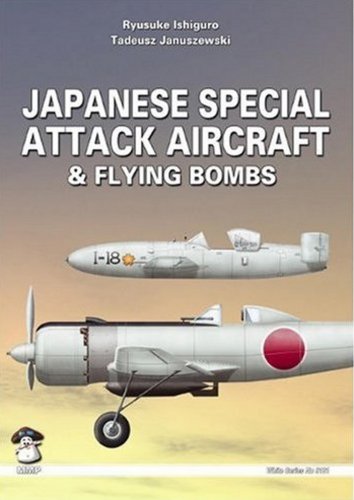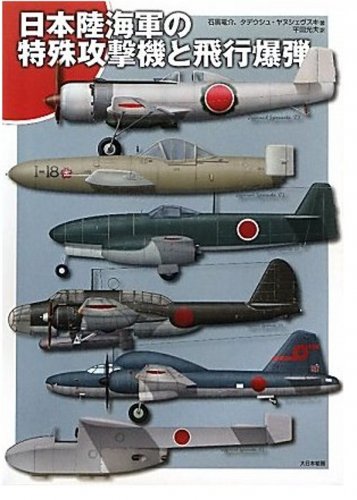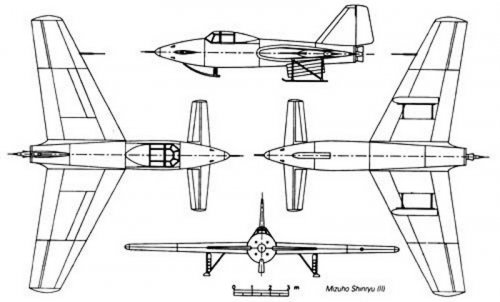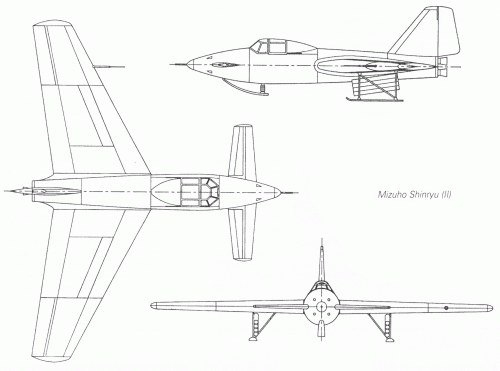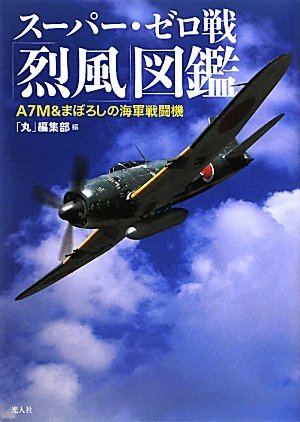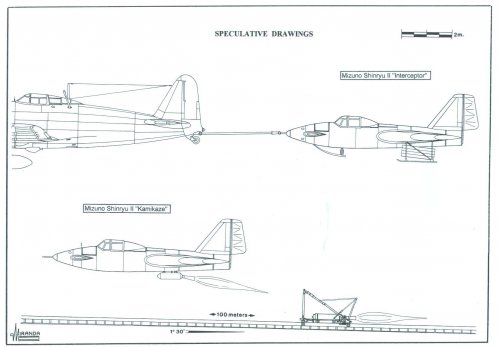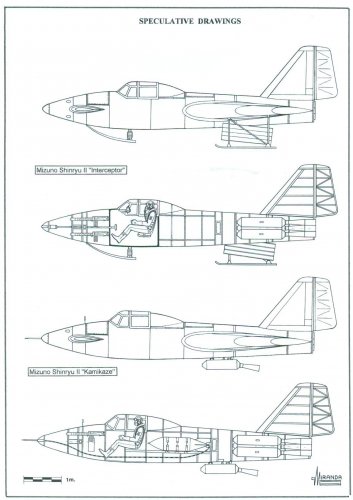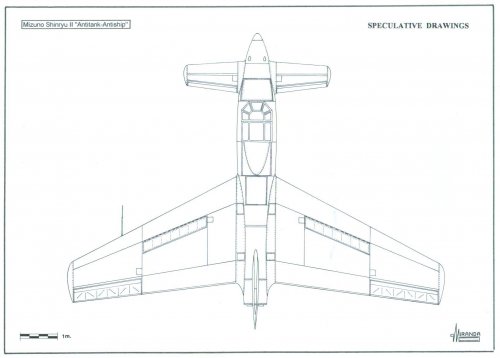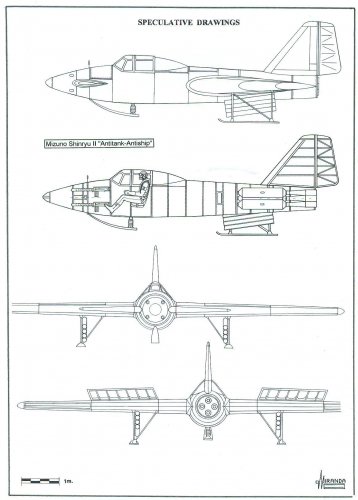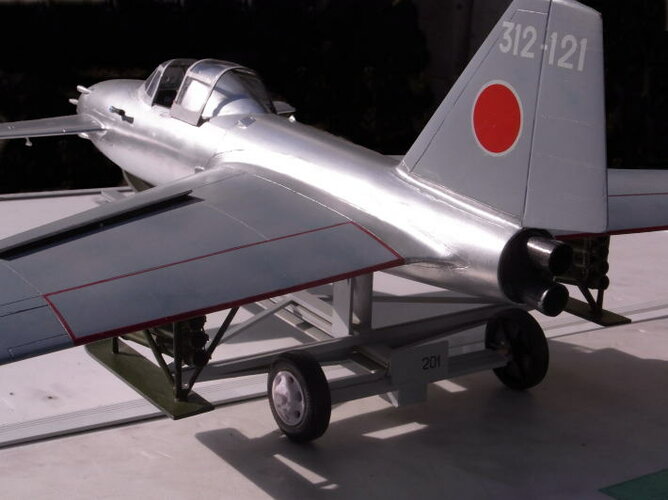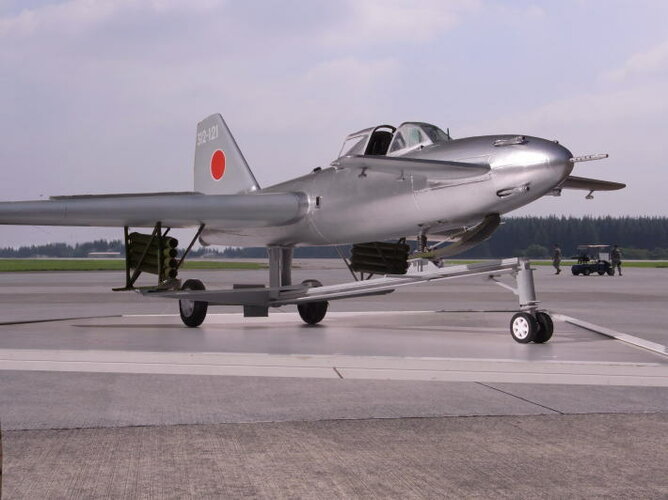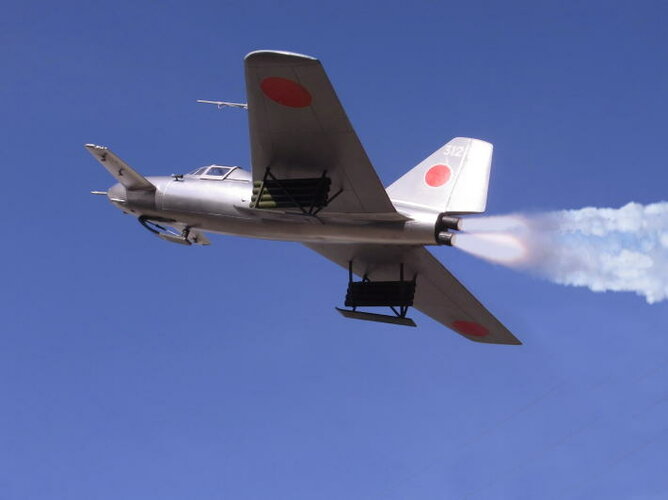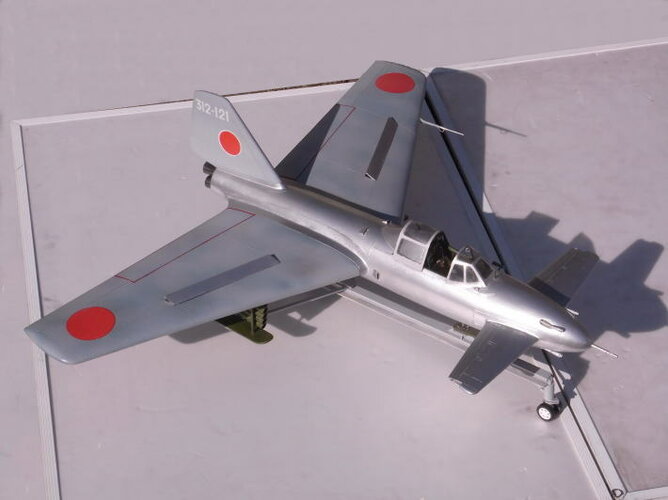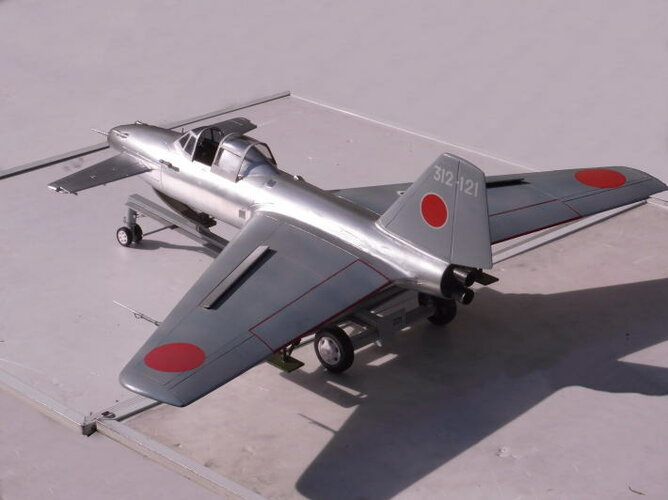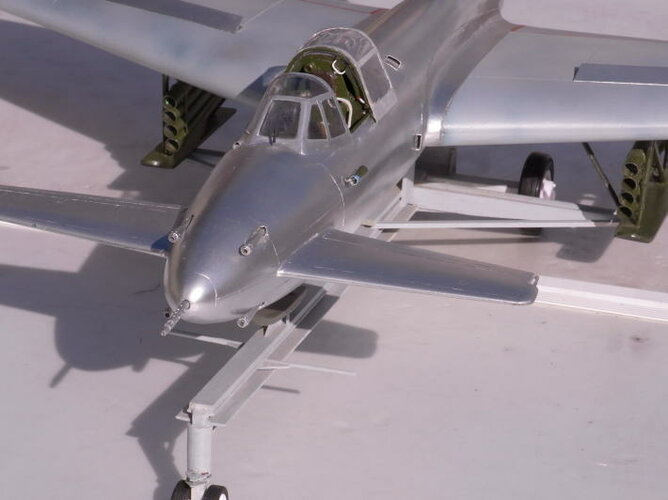I already outlined why the Shinryu II wasn't designed for ground attack and what you have to say only adds further credence to that.
But, I do not agree that the Shinryu II was an expendable, dedicated suicide airplane. Lets look at some of the last ditch suicide aircraft both the IJA and the IJN came up with:
Nakajima Ki-115 (Showa Toka)/Ki-230: A cheap, easily built suicide aircraft
Kokusai Ta-Go: Another easily constructed and designed suicide plane
Kawanishi Baika: Fiesler Fi 103R based pulse-jet powered suicide plane
Kugisho MXY7/Ohka: Basically a simple piloted bomb; later versions were more complex when thermo and turbojets were added (Model 22;Model 33;Model 43;Model 53)
Jinryu: Easy to build bomb-carrying suicide glider
Nakajima Kitsuka (Kikka): Initial design meant for suicide attacks
Kugisho D5Y: dedicated suicide version of the D3Y Myojo
The common denominator is that, for the most part, the Japanese were interested in quick to build, simple designed, suicide aircraft. They needed quantity, not quality and their design philosophy for such planes is pretty evident.
Lets take a look at the complexity of the Shinryu II. It used a cropped delta planeform using automatic spoilers, was equipped with a water/alcohol rocket motor cooling system, and was meant to take a pressurized cockpit or if that couldn't be installed, the pilot would wear a pressure suit. All of these are not found in these other suicide aircraft. If a pressurized cockpit/pressure suit was a requirement, that means the Shinryu II was meant to fly at altitude and combat bombers.
The Shinryu II was to be fitted with four Toko-Ro Type 2 rockets for a combined thrust of 600kg (1,322lb) with a burn time of 30 seconds. Endurance was 1.3 minutes. Keep in mind that the combat endurance of the Messerschmitt Me 163B was 2.5 minutes. The Bachem Ba 349A was only 2.2 minutes of endurance. So, the Shinryu II isn't completely out of the ballpark of point interceptors.
The methodology of launch was to get airborne on two rockets and use the remaining two to continue powered flight. Just like the J8M (the Japanese Me 163B), the Shinryu II would launch, conduct a least one attack, then return to base for recovery, rearming, and relaunching. And for that, it needed an acceptable glider shape.
To add, why rockets? Simple. Assurance of a hit. The Me 163B, with its cannon armament, gave the pilot about 3 seconds to line up the target, fire, and bank away to avoid collision. This was due to the high closure speed of the Komet versus the slower bomber. This meant the pilot needed nerves of steel, superb piloting, and excellent marksmanship. This was something the Luftwaffe didn't have much of by 1944 and why the Me 163 had such a poor kill ratio. So, the Me 163A was tested with R4M rocket racks and the Me 262 saw action using them. Same applied to the Bachem Natter. Launch a spread of rockets at the target and you really don't need tremendous accuracy and any one hit could prove fatal. The U.S., post-war, feared Russian bomber streams and you had a slew of fighters equipped with rockets such as the F-86D, F-89, and F-94.
chuck4 said:
It seems to me that once this aircraft were to descend to a reasonale altitude for ground straifing or rocket attack, say 1000 feet, it could hardly glide more than 2-3 miles after that, unless it were to have some form of sustainer propulsion. It seems implausible that any airfield can operate within 2 miles of the enermy front line.
So there seems to be no way this plane could be retreived for reuse, unless it has some sustainer propulsion. Otherwise it has to be a suicide aircraft.

